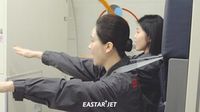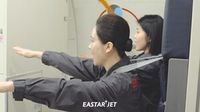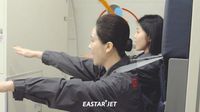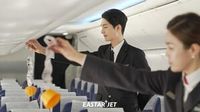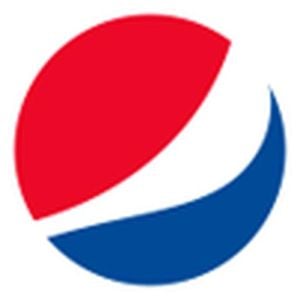Eastar Jet announced a significant revamp of its cabin crew recruitment process, aimed at strengthening the in-flight safety role of cabin attendants. On March 18, 2025, the airline revealed that it would introduce physical fitness tests and situational response interviews as part of the selection process, starting in the first half of the year.
These modifications in recruitment are designed to ensure that prospective flight attendants possess essential physical capabilities and emergency response skills necessary for the demanding environment of air travel. Eastar Jet's approach reflects a growing recognition of the need to verify candidates’ physical fitness alongside their professional qualifications.
The revamped recruitment stages will now follow a newly structured format: document screening, situational response interviews, physical fitness tests, executive interviews, and a final medical checkup. This new order emphasizes the importance of practical situational assessments and physical readiness.
Furthermore, the airline has announced that the pass rate for the document screening phase will be doubled, allowing more candidates to progress to the next phases. This move is seen as an effort to attract a wider pool of potential applicants and identify talent that embodies the responsibilities of the cabin crew.
In a fundamental shift, the practical interview will be transformed into a situational response interview, where candidates will engage in role-playing to demonstrate their responses to various emergency scenarios. This examination will assess not only the individuals’ capacity to handle crises but also their teamwork and flexible thinking skills, which are critical in high-pressure situations aboard an aircraft.
The introduction of the physical fitness test is noteworthy, as Eastar Jet will collaborate with a specialized agency to implement this assessment in a gymnasium setting. Candidates will undergo evaluations measuring sit-ups, long-distance running, standing long jump, arm reach, and grip strength. These metrics are pivotal for judging the physical abilities that directly correlate with the safety and security tasks an attendant may face, such as managing unruly passengers or leading emergency evacuations.
In a statement, an Eastar Jet official remarked, "To hire the most suitable talent for the role of cabin crew and to change the perception that flight attendants are chosen primarily based on appearance, we formed a task force and began consulting on recruitment improvements last year." This statement reflects the organization’s broader commitment to redefining the standards for flight attendants, moving away from traditional beauty-based assessments toward a model that prioritizes competence and capability.
Moreover, the airline has revised its uniform policy, allowing cabin crew members to wear cardigans instead of jackets. This change aims to enhance mobility and comfort for crew members during flights. It exemplifies Eastar Jet's dedication to improving working conditions for its staff, further ensuring they are well equipped for their roles.
The revised recruitment strategy is seen as a significant step towards enhancing in-flight safety standards and showcases Eastar Jet's proactive approach in adapting to the evolving demands of the aviation industry.
This initiative may set a precedent for other airlines within the region, encouraging them to reassess their own recruitment processes and standards for cabin crew. As in-flight safety continues to be a critical concern in air travel, establishing guidelines that prioritize physical capability and situational awareness will likely become increasingly important.
Ultimately, Eastar Jet is taking a strong stance on the issue of safety and competence among its cabin crew, underpinning the belief that a well-prepared staff is essential for securing and sustaining customer trust and safety in their travel experiences.
